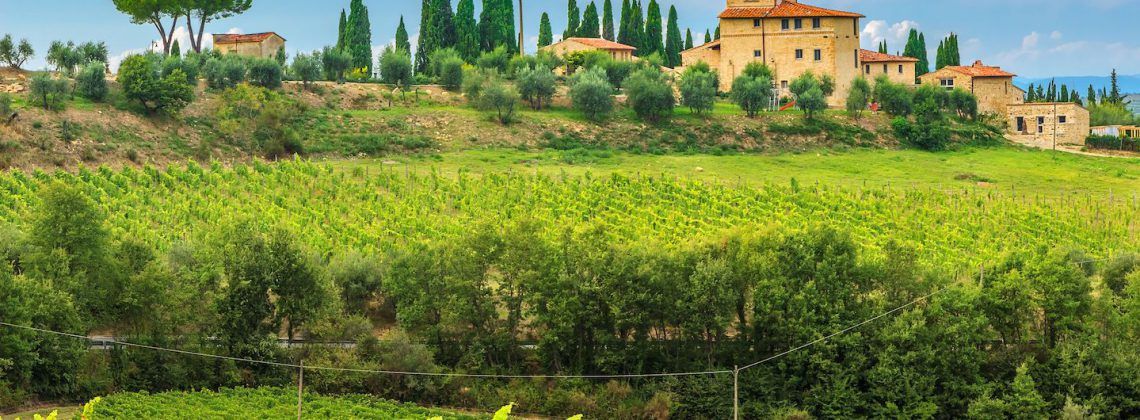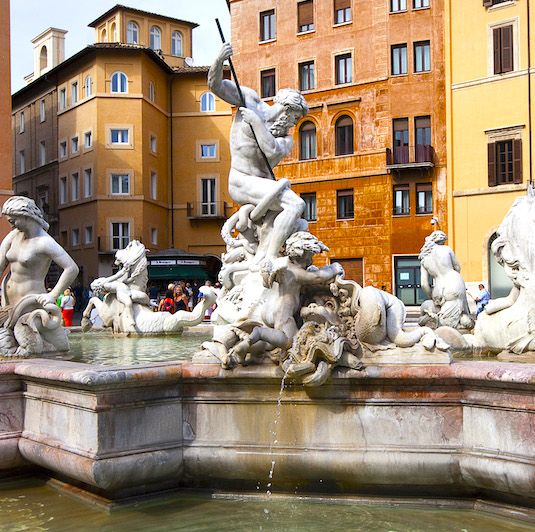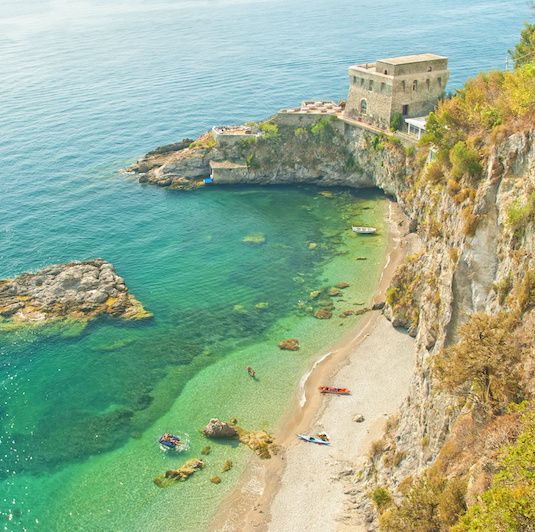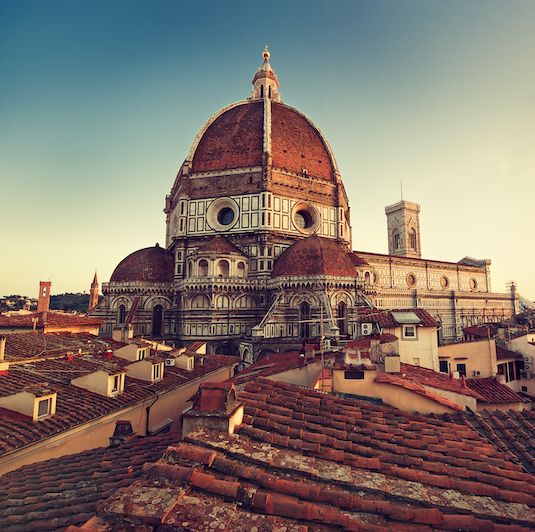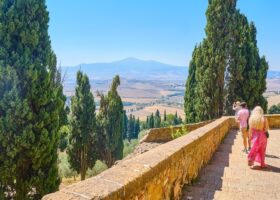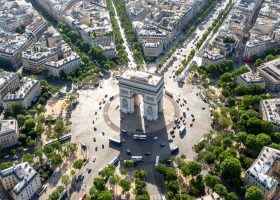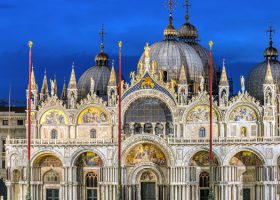They call it Nectar of the Gods for a reason. And when you try wine from the Tuscan region, you’ll start to believe it. Getting there takes a whole lot of planning, but we break it down for you below.
Pro Tip: Planning to visit the wine regions of Tuscany? Bookmark this post in your browser so you can easily find it when you need it. Check out our guide to Tuscany for more planning resources, our best Florence and Tuscany tours for a memorable trip, and how to plan a day of wine tasting in Tuscany.
Tuscany Wine Region Guide
As a certified Sommelier, people ask me all the time which are the best wine regions in Tuscany. I could talk about this for ours, but to make it easier, I’ll break the region down into a few smaller, digestible sips.
First of all, we must remember that Tuscany is an entire region in which you have many historical cities including Florence, Siena, Pisa, and Montepulciano. The beautiful thing about all of these cities is that they are completely different from each other, even though they are all within a few hours of each other. Enough talking, here are the regions we’ll cover:
Looking to skip the hassle of organizing your own Tuscany trip? Join us for Tuscany in a day trip from Florence.
Not ready to book a tour? See our best Florence tours to take and why.
The Major Wine Regions of Tuscany
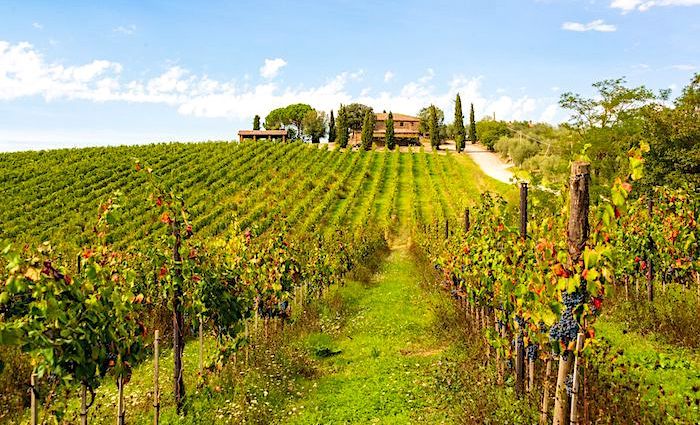
Let’s first start with some geography. The region of Tuscany is located right in the middle of Italy. On the Western front, you have the sea and then it moves inland. For wine, we can first break it down into two Macro wine zones:
- The hills of Central Tuscany: This area is dominated by the red grape Sangiovese. The micro wine areas are the Chianti, Siena, Montepulciano, and San Gimignano.
- The Tyrennian Coast of Tuscany: The hills of Candia and Lucca, Elba, Maremma, and Bolgheri.
Do many of these not sound familiar to you? That’s ok, I will now go more into detail about each micro area.
Chianti
This is probably the most well-known wine in Italy for most people. The name Chianti still conjures that red wine in the wicker basket with the eggplant shape. Would you believe that the name Chianti was, in fact, first used in 1398 to signify a white wine!
Today, the wine region of Chianti is located about an hour south of Florence in the northern part of Tuscany. When you buy a bottle of Chianti, you’ll know because it will have the black rooster on the label.
Why the black rooster? Legend has it that a race took place between a Florentine and Sienese horseman to decide where the borders of each respective republic should start and end. Each of them would take off from their respective cities at the rooster’s crow and the point where they met would decide the boundary. The Florentines chose a black horse that they didn’t feed the night before. The horse was so hungry that it actually took off before the sun came up and the horsemen met only seven miles from the walls of Siena.
In this way, Florence was able to annex the entire Chianti area and they assigned the territory a black rooster. The story is good, and now you know why when there’s no black rooster, it’s not Chianti.
Tours of Chianti and Florence

Top-Rated Experience
Florence Day Trip to Tuscany: Siena, San Gimignano & Winery Lunch
Planning a day in Tuscany’s countryside can be tricky, with winding roads, remote villages, and countless wineries to choose from. With a 3-course lunch and 5 wine tastings, allow us to take the guesswork out of your Tuscan experience. Start in Florence, drive through Siena’s rolling hills, walk the medieval streets of San Gimignano, and tour a family-run Chianti winery. Along the way, learn the stories behind Chianti’s renowned wines and soak in the charm of Tuscany’s most stunning landscapes.

Best-Selling Tour
Florence in a Day Combo Tour with David & Uffizi
Planning to hit all of Florence’s highlights in one day can be a lot to manage. We’ll take care of every detail so all you have to do is enjoy the experience. With skip-the-line access, insider stories, and a charismatic guide who knows the city inside and out, you’ll see everything from Michelangelo’s David and the Florence Duomo to Ponte Vecchio and masterpieces by Caravaggio and Botticelli at the Uffizi Gallery. Experience Florence with all the must-sees, and none of the stress.
Not ready to book a tour? Check out our Tuscany Guide for more info.
Le Colline Senesi (The Sienese Hills)
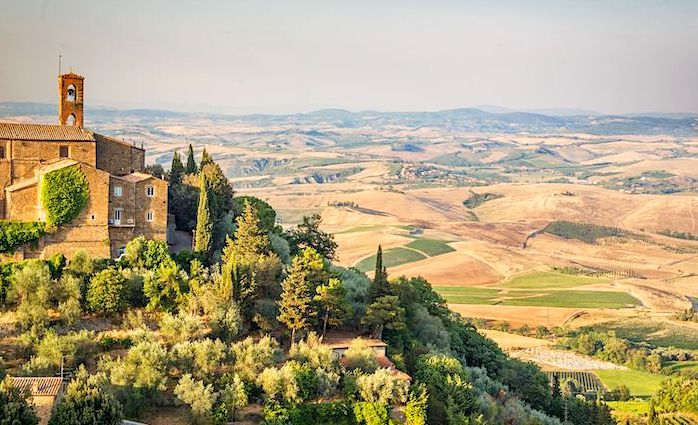
This is one of the most exciting wine regions in Tuscany. The area comprises the wines of San Gimignano, Montepulciano, and Montalcino among many others, but we will concentrate on the three aforementioned areas since they are the most famous.
San Gimignano
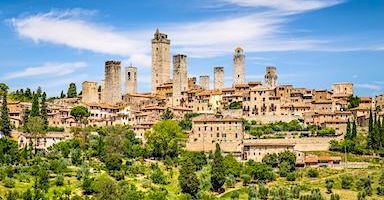
This Medieval hilltop town is often referred to as the Manhattan of Tuscany due to the many Medieval towers looming in the city. It’s a lovely city to visit and takes about one hour to walk through from one side to the other.
While there are many stores where you can shop, the real reason you’re here is the wine—and one wine in particular, Vernaccia di San Gimignano.
Vernaccia di San Gimignano is a white wine that has been around since ancient times. While there are a few different styles of production, you’ll find strong mineral notes with citrus overtones. Enjoy a glass, or bottle, after strolling through this Medieval Manhattan.
Montalcino
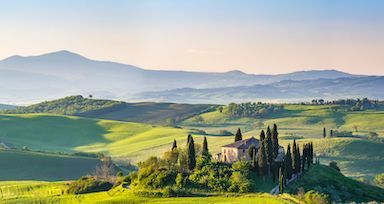
I feel obliged to make a disclaimer at this point. Montalcino is one of my favorite cities, not only for its beauty but for its prized wine: Brunello di Montalcino. It is hard to dispute the reign of Brunello as the top wine or at least one of the top three best wines in Tuscany.
The requirements to make this wine are quite rigid. It can only be made with 100% Sangiovese grapes. It also cannot be released without being in the winery for at least 50 months with at least two of those years having settled in barrels.
For the Riserva, it must wait another year still to be released to the public. So if the grapes were picked in 2010, the earliest you would be able to sample a bottle would have been in 2014 and for the Riserva in 2015.
For my own preference, if you only have one day in Tuscany, this is the place to come. Bear in mind that besides the amazing wine, the beautiful landscape of rolling hills has many people calling this area God’s country.
Montepulciano
While not as popular as its big brother Montalcino, Montepulciano has a special wine of its own: Vino Nobile di Montepulciano. This is a wine that should not be missed since it is quite different from the others mentioned above.
While the main grape used is Sangiovese, like the Brunello, the rules for this wine allow for other varietals to be used. This includes also using international grapes such as merlot. To taste this wine from the time the grapes are picked, you’ll have to wait at least two years and three years if it’s a Riserva. As of late, they have introduced the smaller, French barrique barrels to soften the bite of this bold wine.
Something very unique in Montepulciano is the many tunnels below the hill that the city is perched on. They were created back in ancient times to store wine. You can also find most of the main producers in the area, who have shops right in the city itself. So if you don’t have a car, you can visit the city and still taste the best wines.
Not ready to book a tour? Check out our article on the best Florence tours to take and why.
The Coastal Area
The western coast of Tuscany is along the Mediterranean sea. In this area, you will find the wine regions of Bolgheri and Maremma. The contrast with the interior part of Tuscany is huge. It’s as if you’re no longer in Tuscany—until you hear them speak—and the wines are completely different.
Bolgheri
Bolgheri is the Italian answer to the French Bordeaux. It all started back in 1944 when the Marchese Mario Incisa Della Rocchetta planted two acres of Cabernet Sauvignon and Franc. What happened next would start a revolution in Italian wine.
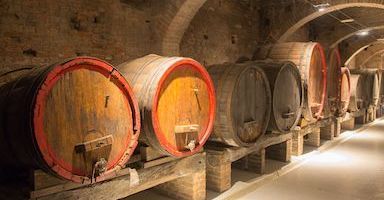
In 1968, Bolgheri Sassicaia burst onto the scene as one of the powerhouse wines of the country. The combination of the international grapes used, the sandy and clay soils, and the influence of the sea breezes made comparisons between Sassicaia and the Cru Classés of Bordeaux. Starting in the 1970s, Sassicaia became a cult wine and one of the best Italian wines to age.
These mixtures of international grapes and local varieties led to the term SuperTuscans, in the 1980s. Even though within wine circles these wines are extremely popular, Bolgheri is still not a huge destination for tourists. So if you get a chance and have a car, go check out the area for a day and enjoy some exquisite wine.
Maremma
For a long time, the Maremma was the new frontier of Tuscan wine. Located right on the coast, it is where many investors experimented with different wines. Their efforts have paid off, considering that now it is recognized as one of the top wine-producing micro-regions.
The most recognizable wine in this area is Morellino di Scansano. The dominant grape here is Sangiovese 85%. After that many grapes, including international varieties, are used to create a smooth fruity wine with a long finish. The Riserva requires a minimum of two years in oak barrels and creates a very structured wine with spice on the nose and prune jam.
Here Is Where to Stay in the Most Popular Italian Destinations
Rome, Florence, Venice, the Amalfi Coast, and Capri
